CDMA/LTE Galaxy Nexus 4.0.4 Update Changes Signal Reporting
by Brian Klug on February 6, 2012 5:27 PM EST- Posted in
- Smartphones
- Verizon
- LTE
- Mobile
- galaxy nexus
- Android 4.0
Back when the Verizon CDMA/LTE Galaxy Nexus released, there was much talk of a signal related issue, which we investigated. The findings back then were that there was nothing wrong with the device itself, the problem was merely a discrepancy with how 4.0.2 was painting signal bars. Since then, I've been watching for an update which would change the way the device reports signal, and it appears that these changes are included in the 4.0.4 ROM which has emerged for the mysid (CDMA/LTE) model. I spent some time playing around with our CDMA/LTE Galaxy Nexus with this ROM installed and have a few impressions.
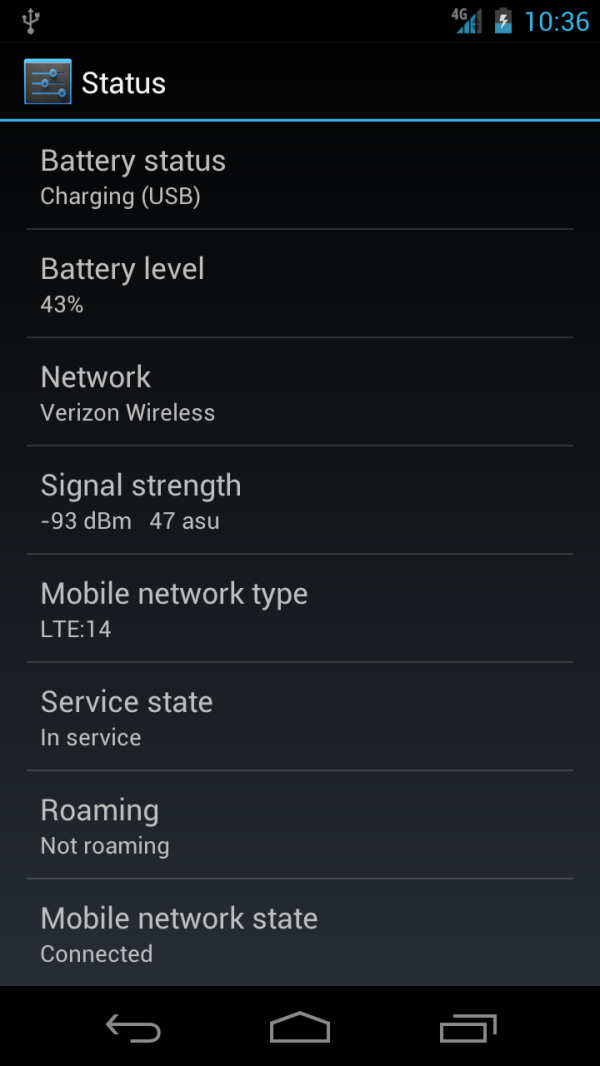
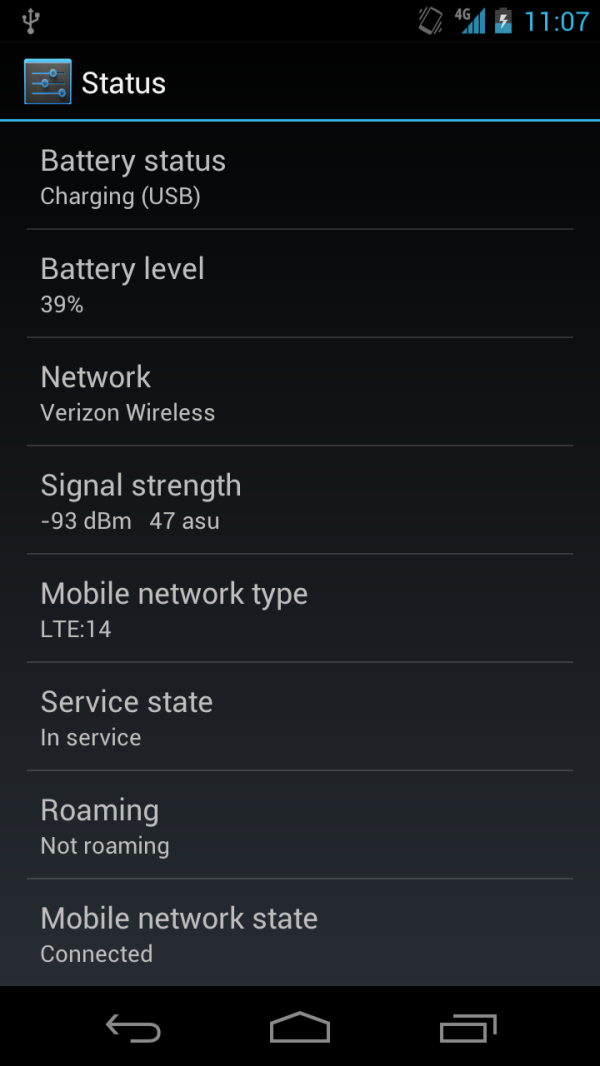
Three bars on 4.0.2 (left) versus four bars on 4.0.4 (right) at -93 dBm
First, the update does indeed appear to change the signal strength to signal bars mapping. In the same reported signal strength (-93 dBm in this example), the device has gone from 3 bars on 4.0.2 to 4 bars on 4.0.4. The rest of the change points seem to be accordingly lower as well, meaning you'll see more bars for the same field strength. This change makes the Galaxy Nexus more in line with the reporting I've seen on other Verizon LTE devices.
I believe that there's a good chance that the Galaxy Nexus as of 4.0.4 is reporting signal strength based on LTE RSSI (Received Signal Strength Indicator) which is the summation of power from adjacent cells, interference, and thermal noise, as opposed to LTE RSRP (Reference Signal Received Power) which is the power of a reference signal from a specific cell. Lately, Verizon has been making a concerted effort to standardize reporting on LTE handsets to a 5 bar scale reflecting LTE RSSI instead of LTE RSRP, starting with the recent HTC Rezound update.
A few other observations address some other cellular performance characteristics - specifically hard handover speed from 4G LTE down to 3G EVDO and back up. Going both directions on the Galaxy Nexus now seems much, much faster compared to the device's original shipping state - doing the handover and getting data flowing now is basically instantaneous. This is a big improvement if you're frequently in an area with marginal 4G LTE signal. Other changes are subtle and include some UI tweaks: the camera launch from lock screen now feels faster, there's a subtle tweak to the power off menu, and inside settings is a "Dock" category and options tab (shown above) which was present in 4.0.3 but new for the CDMA/LTE Galaxy Nexus. Performance through our benchmark suite remains the same, however.


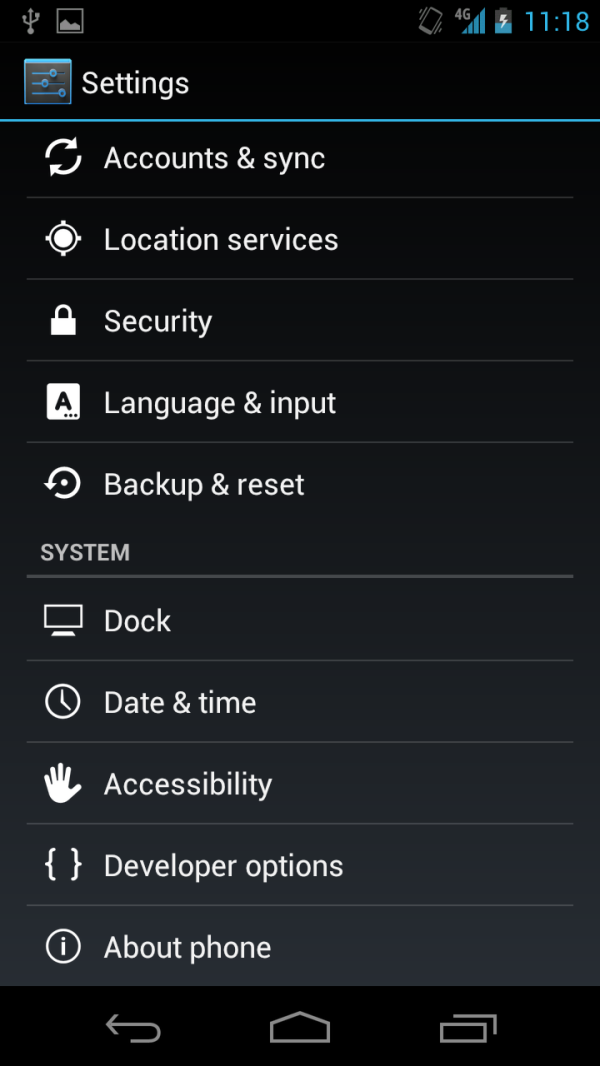
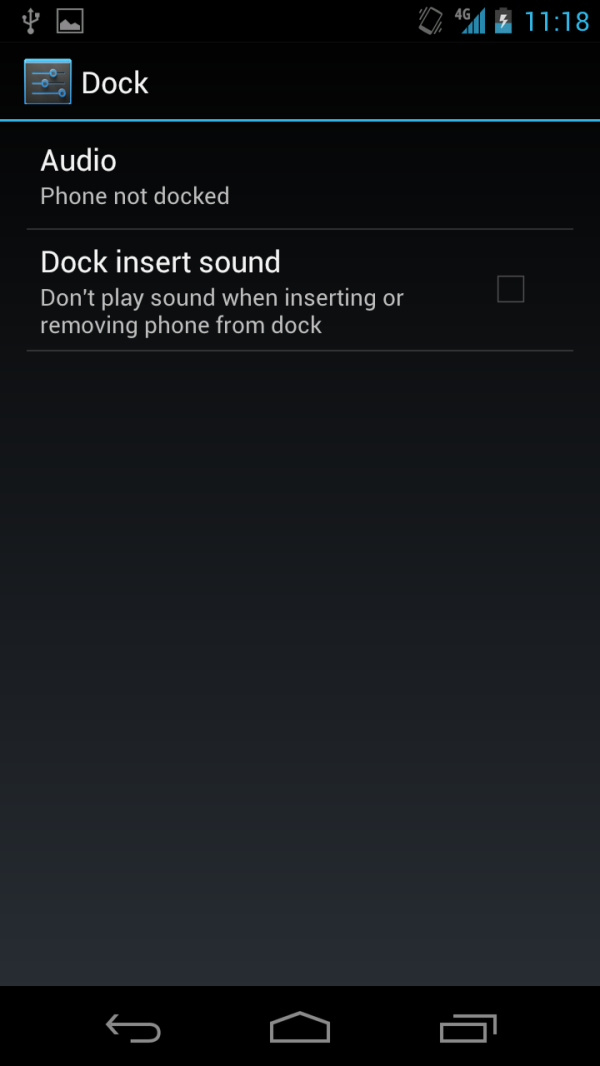
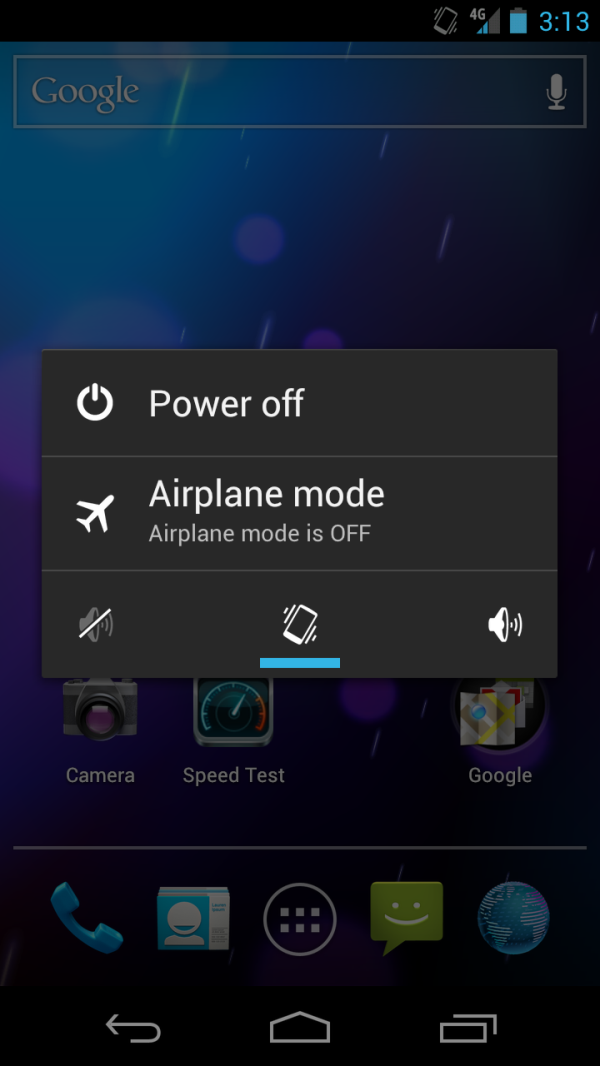








6 Comments
View All Comments
cmdrdredd - Monday, February 6, 2012 - link
I remember my Thunderbolt would say 2 or 3 bars and get super slow data speeds or nothing at all. My Nexus would say 1. This change, while good to keep things standardized, IMO is bad because it's misleading the user to some degree is it not?Brian Klug - Monday, February 6, 2012 - link
There are definitely two sides to the whole signal->bars mapping. On one hand, you don't want to be overly conservative and lead subs to believe that a given carrier doesn't have great signal or coverage, especially when the competition is reporting many more bars than you are for the same field strength. On the other, too liberal and you end up just straight up lying to everyone and compressing all the dynamic range into a very mall range (just like things were on iOS 4.0 before the iPhone 4 fiasco changed it all).It's a balancing act. The other side is of course picking the right quality metric, as there are a number - RSSI, RSRP, RSRQ, SINR.
I'm all for just picking a mapping and sticking with it, but also reporting the value as an integer for those of us not afraid of actually reading numbers.
-Brian
tayb - Monday, February 6, 2012 - link
I hope the industry doesn't move the direction television marketing has moved. I don't want to lie but my competitor is lying so I better lie to. Now we have a competition to see who can create the bigger buzz with nonsense fake technology.I'm just waiting for the day when I get 5 bars and no signal strength.
curtisas - Tuesday, February 7, 2012 - link
Leave it to Verizon to screw with a Nexus... This must be why CDMA devices are no longer developer devices. So pissed! 3bars=/= 4 bars. Better yet, let us have an option to show dB instead of bars!cj100570 - Sunday, February 12, 2012 - link
Really dude? Have you not been paying attention? Verizon isn't really screwing with anything. The Galaxy Nexus reports signal strength differently that their other phones which has created confusion. In order to rectify said situation they've had Google change the way the phone reports the signal. And as for why CDMA phones were removed, it's because Google can't legally distribute the code relating to the CDMA radios. Every CDMA phone was removed from the list, not just Verizons. And the phone is still a developer phone and the Android source code is available to anyone that wants to create ROMS from it. They just have to get the proprietary bits elsewhere.bnowrooz - Tuesday, February 7, 2012 - link
RSSI is SOOO WRONG for LTE!!! It's not telling you a dang thing other than if your throughput is low and the bars are high then you are hosed because the network quality is terrible. That's reassuring eh? RSRQ, and RSRP are better measures than stupid RSSI. I'll post something on this at sonlte.com when i get a chance.